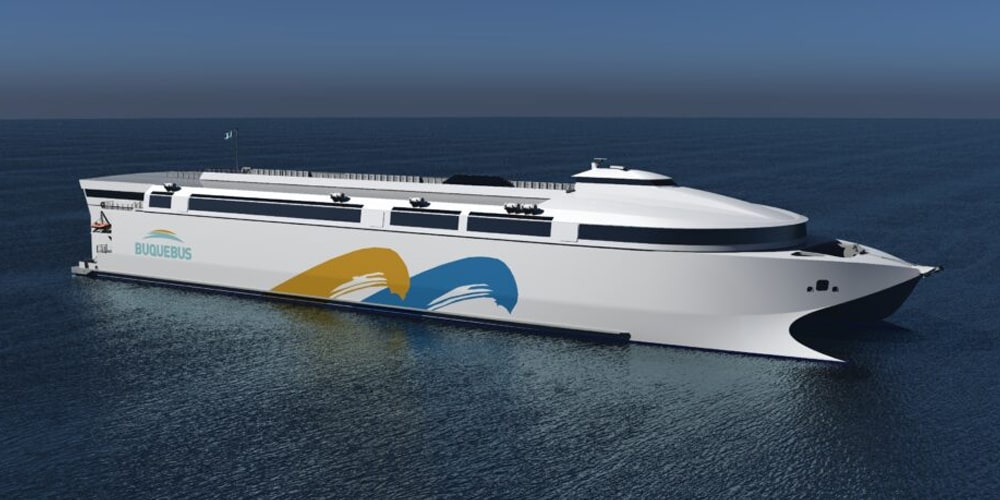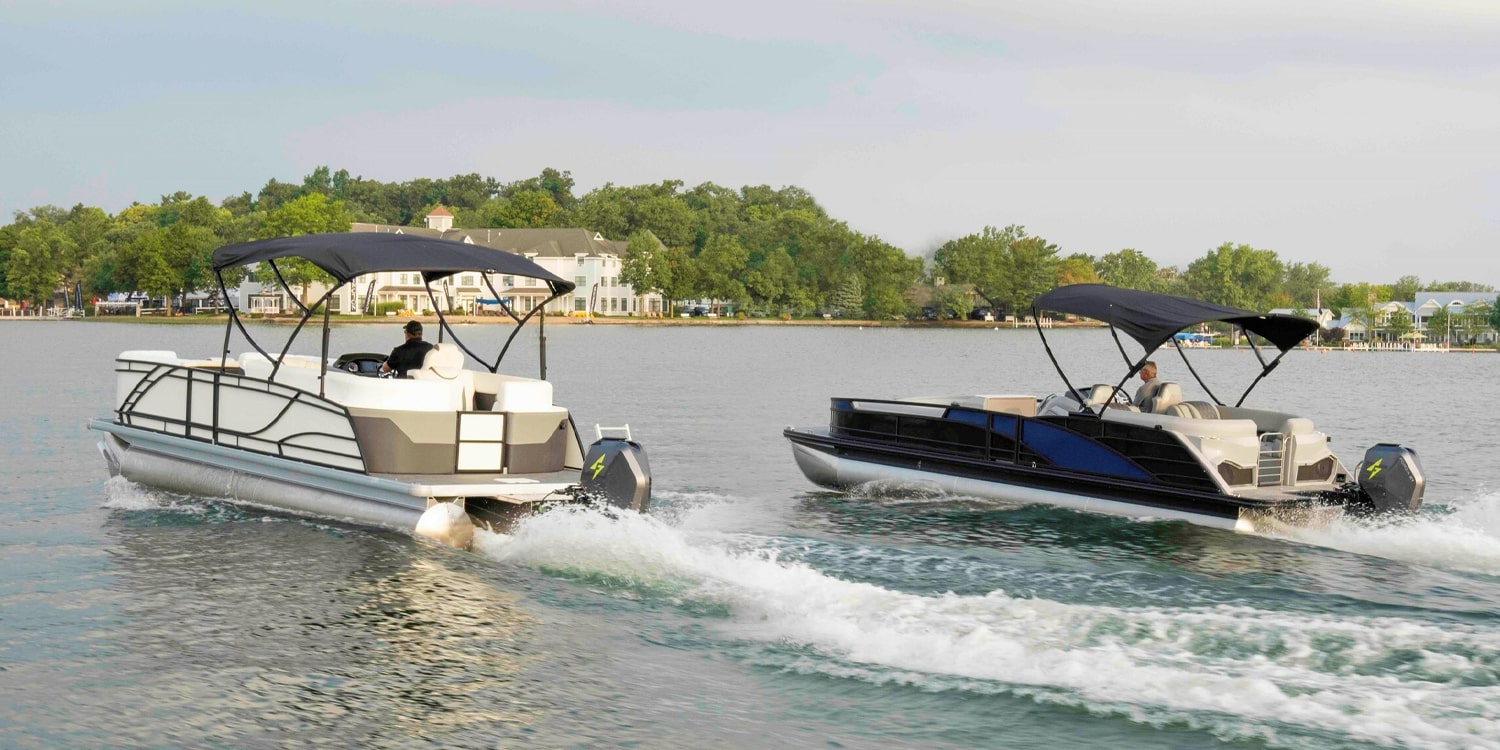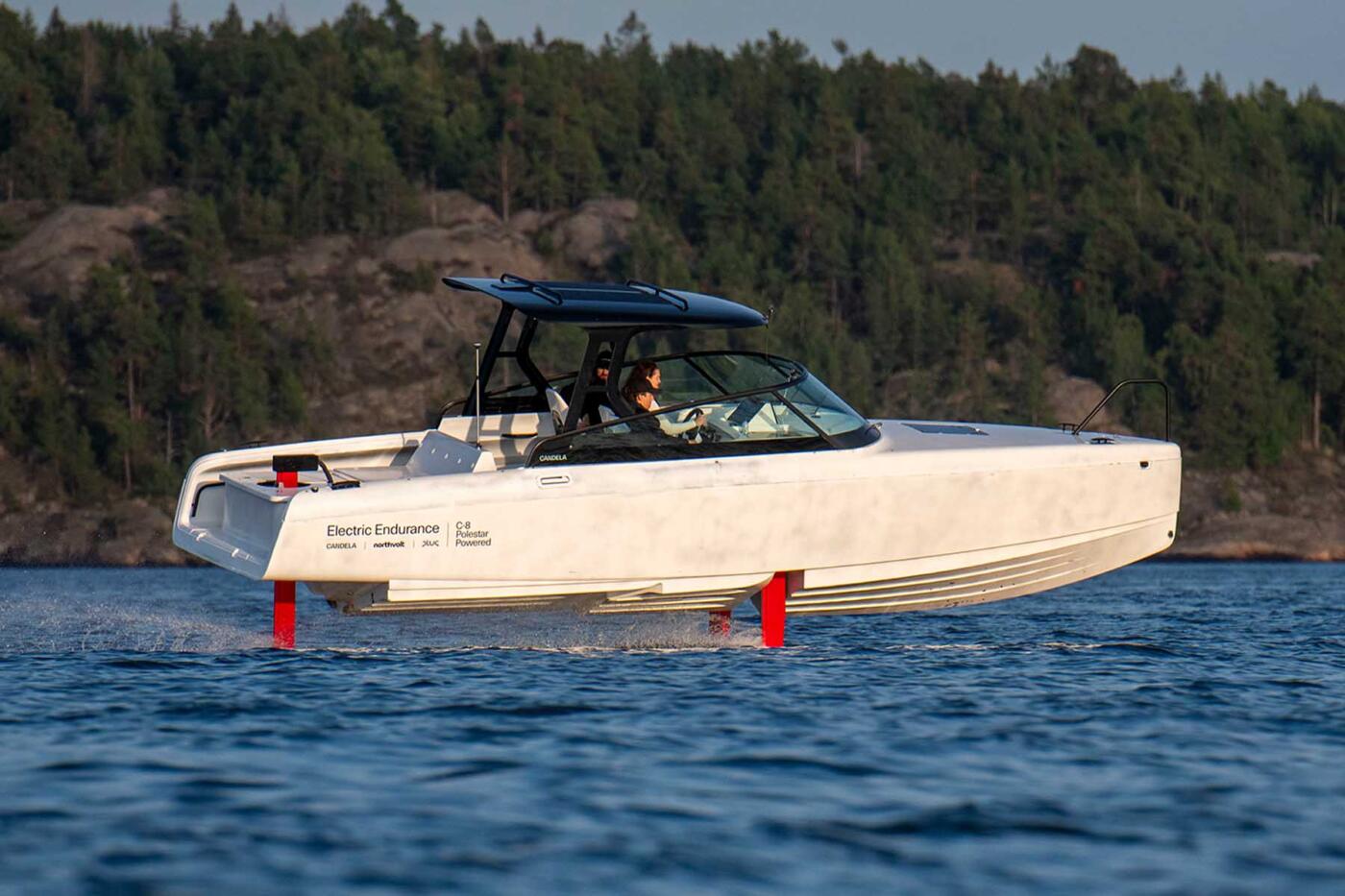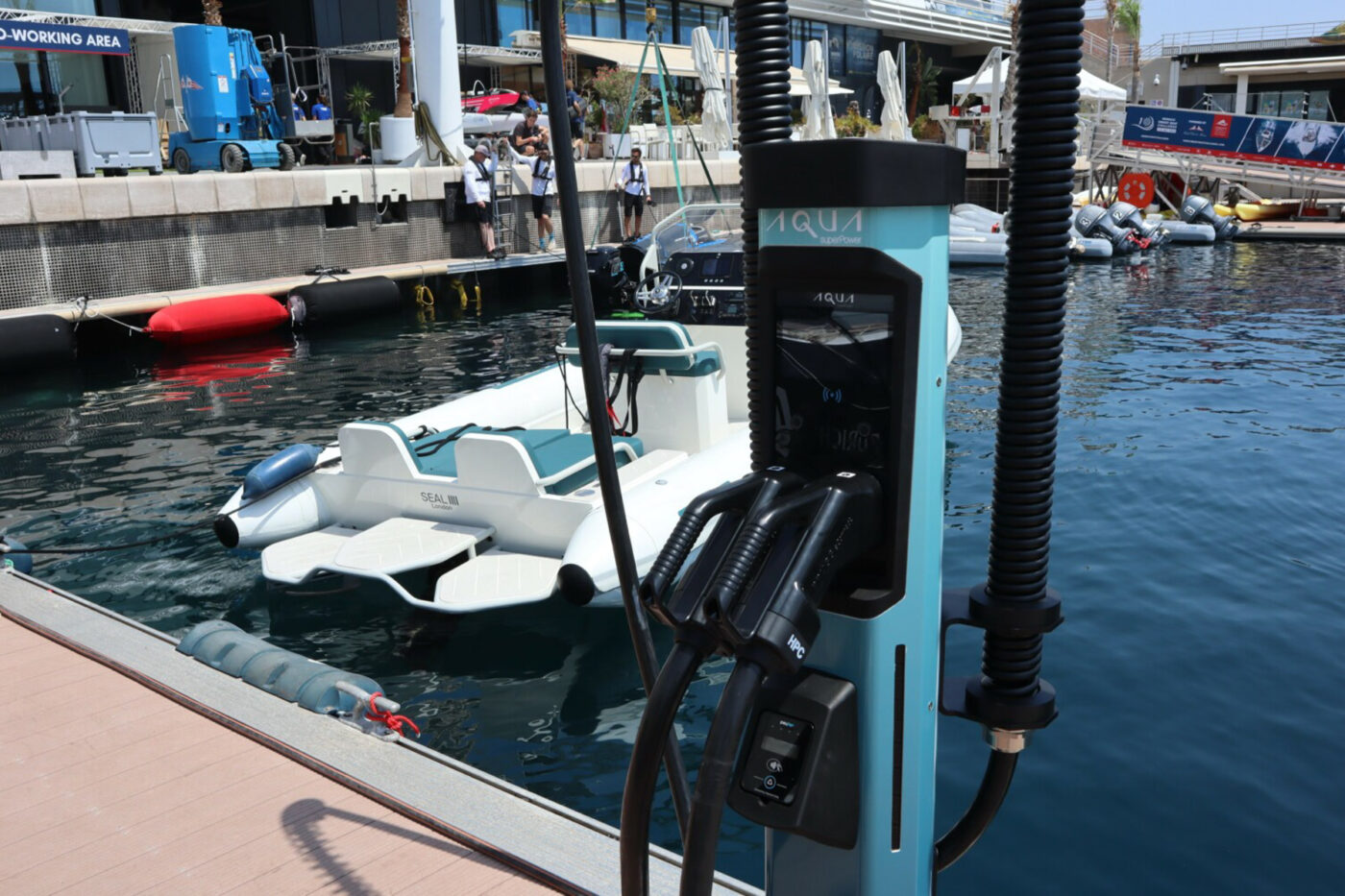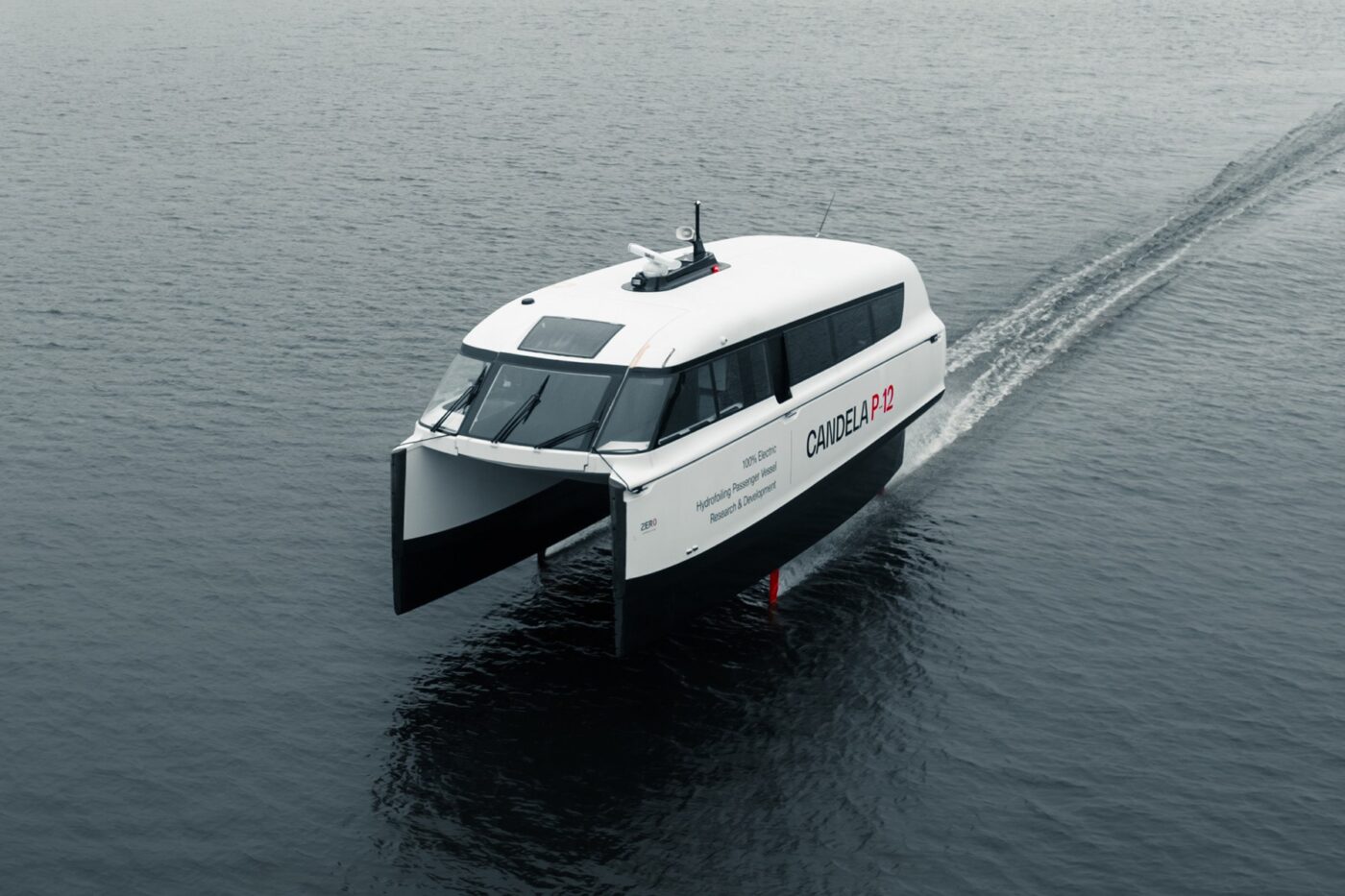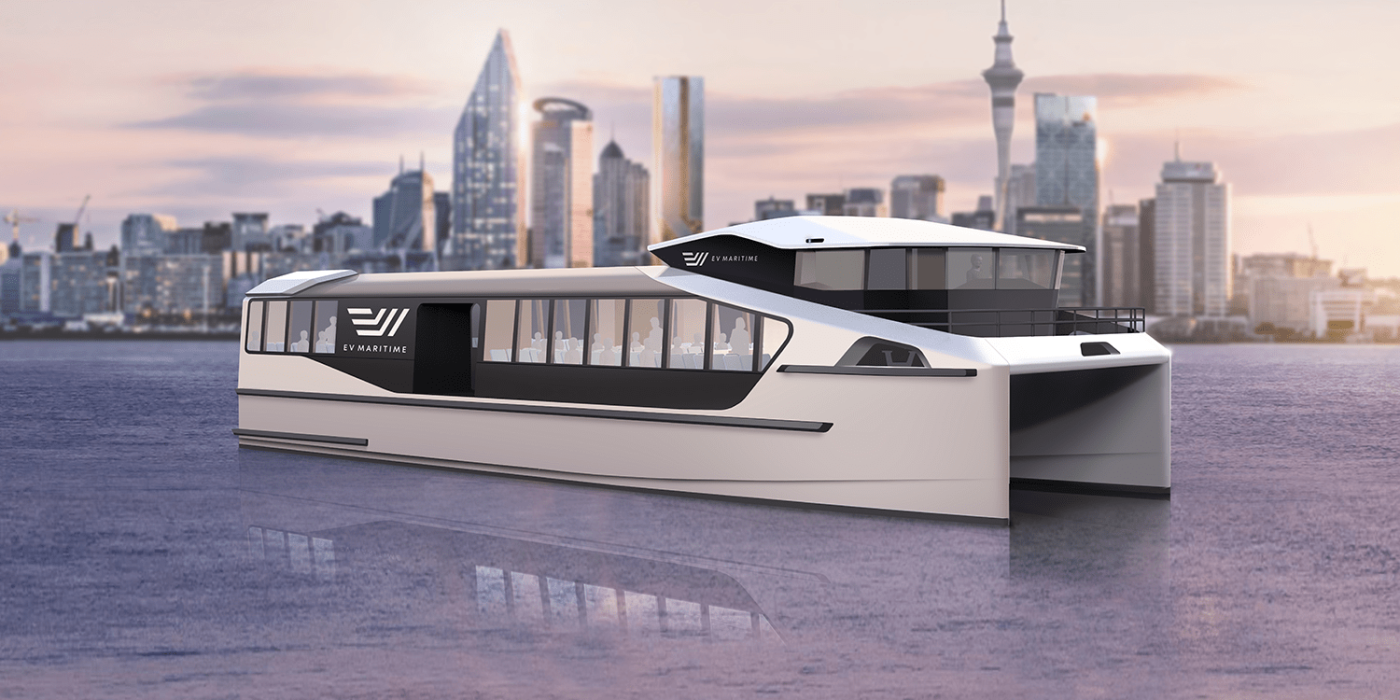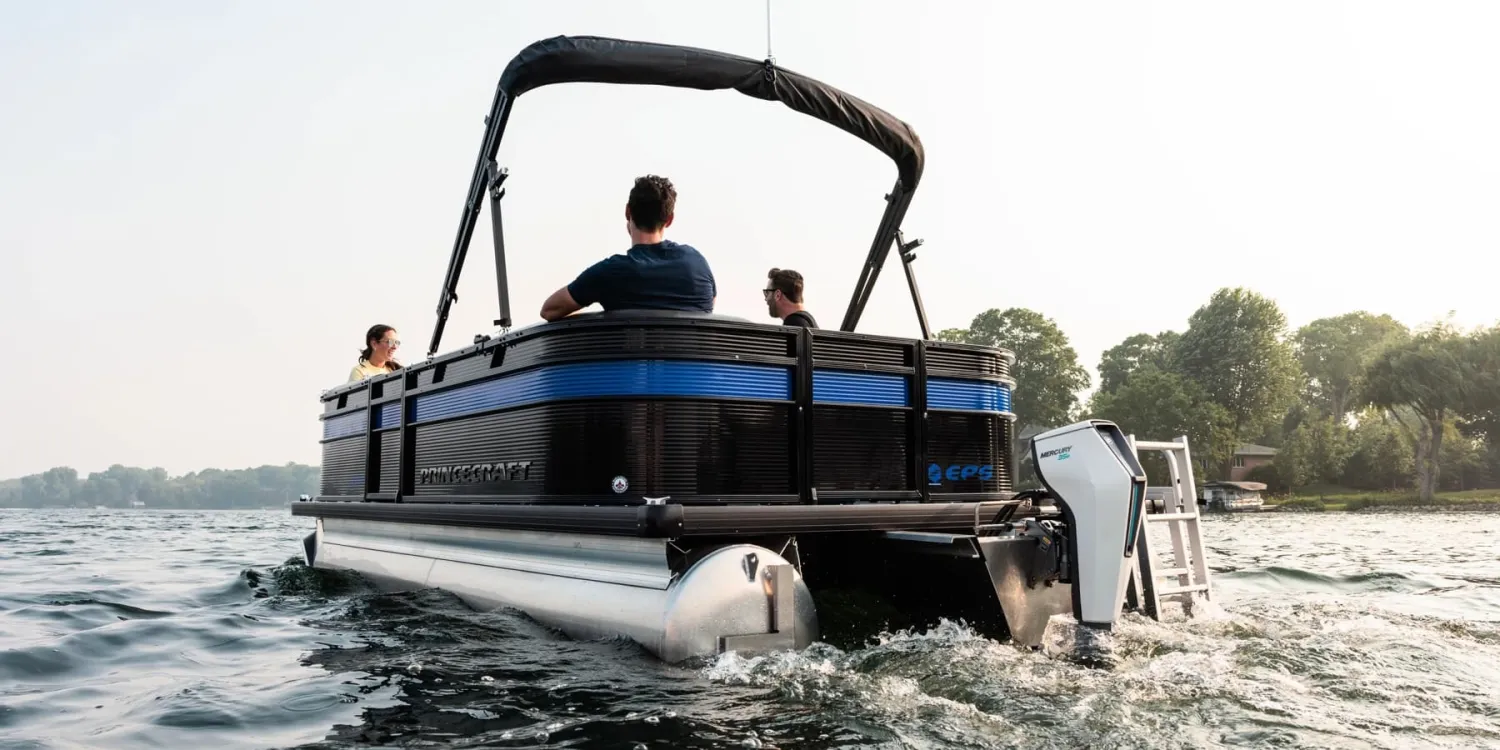Australian shipbuilder Incat Tasmania has unveiled plans to build what it asserts is the world’s largest battery-electric ferry, catering to the burgeoning demand for sustainable maritime transport. The monumental 130-meter vessel, named Incat Hull 096, is commissioned by South American shipping company Buquebus and is slated to commence operations between Argentina and Uruguay in 2025.
The forthcoming aluminum-hulled ferry is poised to redefine modern seafaring with its notable specifications. Designed to accommodate a remarkable 2,100 passengers and crew members, along with 225 vehicles, the ferry will also house an expansive duty-free shopping area, spanning over 2,000 square meters. The propulsion system at the heart of this innovative creation is supplied by Finnish technology conglomerate Wärtsilä. Furthermore, the vessel’s energy needs will be met by cutting-edge batteries with a collective capacity of 40 MWh, sourced from Norwegian energy storage specialist Corvus Energy.
See also: Shell Collaborates with Maritime and Port Authority of Singapore to Introduce Electric Ferries
This landmark project transcends continents, as it brings together technological contributions from multiple corners of the globe. The propulsion system, a critical component of the vessel’s efficiency, hails from Finnish engineering excellence via Wärtsilä. Meanwhile, the Norwegian battery expertise of Corvus Energy ensures that the ship’s energy storage capacity stands as a testament to innovation in maritime electrification. The combined energy storage capacity of 40 MWh is an unprecedented feat, eclipsing any existing battery installations in the marine transport sector.
Wärtsilä’s role extends beyond propulsion to encompass a comprehensive energy management system, eight electric motors, and advanced axial flow water nozzles. This integrated package, along with the “ProTouch” propulsion controls, stands as a pinnacle of maritime engineering prowess. The order for these components was confirmed in July 2023, with an ambitious target delivery set for the latter half of 2024 – a full year ahead of the vessel’s original projected delivery date. Roger Holm, President of Wärtsilä’s Marine Power business, lauds the efficiency of the eight e-motor waterjet propulsion configuration, highlighting its maneuverability, low maintenance, and suitability for the vessel’s operational speed range and type.
See also: Japan successfully develops autonomous ferries
While Wärtsilä takes charge of the comprehensive propulsion system and energy storage, it has engaged the expertise of Corvus Energy to supply the pioneering batteries. Beyond their impressive storage capacity, these batteries are set to be charged by the highest-capacity chargers in the world. However, specific details regarding the charging infrastructure remain undisclosed. According to Halvard Hauso, Corvus Energy’s Commercial Director for Europe, this visionary vessel marks a significant milestone in the maritime industry’s embrace of electrification.
The brainchild of Incat founder Robert Clifford, the battery-electric vessel has already garnered considerable attention, signifying a growing interest in sustainable maritime solutions. In addition to the flagship ferry, Incat is reportedly in the process of developing a smaller RoPax ferry. As anticipation mounts, the company is ramping up its workforce, preparing to welcome over 200 new employees in the coming year, with projections indicating a substantial increase in its workforce in the years ahead. Clifford expresses his optimism, affirming the company’s commitment to driving innovation and meeting the evolving demands of the maritime landscape.

